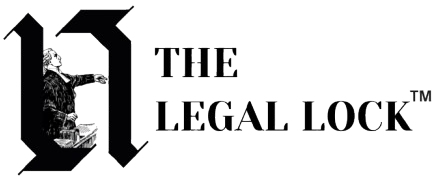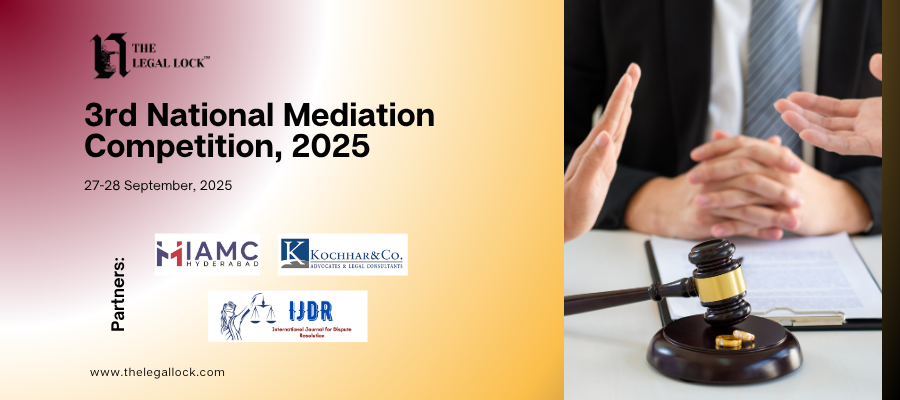Trademark Laws in India: Its violations and effects


Introduction:
A trademark (also written trademark or trademark) is a type of intellectual property consisting of a recognizable sign, design, or expression which identifies products or services of a particular source from those of others, although trademarks used to identify services are usually called service marks.
The trademark owner can be an individual, business organization, or any legal entity. A trademark may be located on a package, a label, a voucher, or on the product itself.
For the sake of corporate identity, trademarks are often displayed on company buildings. It is legally recognized as a type of intellectual property.
A trademark identifies the brand owner of a particular product or service. The unauthorized usage of trademarks by producing and trading counterfeit consumer goods is known as brand piracy.
The owner of a trademark may pursue legal action against trademark infringement. Most countries require formal registration of a trademark as a precondition for pursuing this type of action. The United States, Canada, and other countries also recognize common law trademark rights, which means action can be taken to protect any unregistered trademark if it is in use.
Still, common law trademarks offer to the holder, in general, less legal protection than registered trademarks.
History of Trade Mark Laws:
The first legislative act concerning trademarks was passed in 1266 under the reign of Henry III, requiring all bakers to use a distinctive mark for the bread they sold.
The first modern trademark laws emerged in the late 19th century. In France, the first comprehensive trademark system in the world was passed into law in 1857.
The Trade Marks Act 1938 of the United Kingdom changed the system, permitting registration based on “intent-to-use”, creating an examination-based process, and creating an application publication system.
The 1938 Act, which served as a model for similar legislation elsewhere, contained other novel concepts such as “associated trademarks”, a consent to use the system, a defensive mark system, and a non-claiming right system.
Trade Mark Law in India:
Before 1940 there was no law on trademarks in India. Several problems of infringement of registered and unregistered trademarks arose which were resolved under Section 54 of the Specific Relief Act, 1877, and registration was adjudicated under the Indian Registration Act,1908.
To overcome these difficulties, the Indian Trademark law was enforced in 1940. After the enforcement of the trademark law, demand for the protection of trademarks increased as there was major growth in trade and commerce.
The Trademark law was replaced with the Trademark and Merchandise Act, of 1958. It provides better protection of trademarks and prevents misuse or fraudulent use of marks on merchandise. The Act provides registration of the trademark so that the owner of the trademark may get a legal right for its exclusive use.
This previous Act got replaced with the Trademark Act, 1999 by the government of India by complying with the TRIPS (Trade-related aspects of intellectual property rights) obligation recommended by the World Trade Organization.
The Trademark Act aims to grant protection to the users of trademarks and direct the conditions on the property and also provide legal remedies for the implementation of trademark rights. The Trademark Act, of 1999 gives the right to the police to arrest in cases of infringement of the trademark.
The Act gives a complete definition for the term infringement which is frequently used. In Trademark Act, it provides punishments and penalties for the offenders. It also increases the time duration of registration and also registration of a non-traditional trademark.
India has declared certain countries as convention countries, which afford citizens of India similar privileges as granted to its citizens. A person or company from a convention country may apply for registration of the trademark in India within six months of making an application in the home country.
If such a trademark is accepted for registration, such a foreign national will be deemed to have registered his or her trademark in India, from the same date on which he or she made an application in the home country.
Infringement of Trade Mark-
Trademark infringement is a violation of the exclusive rights attaching to a trademark without the authorization of the trademark owner or any licensees (provided that such authorization was within the scope of the license).
Infringement may occur when one party, the “infringer”, uses a trademark that is identical or confusingly similar to a trademark owned by another party, about products or services which are identical or similar to the products or services which the registration covers.
An owner of a trademark may commence legal proceedings against a party that infringes its registration.
As per Trademark Act, a mark shall be deemed to be infringed mark if:
- 1. it is found copy of whole registered mark with a few additions and alterations,
- 2. the infringed mark is used in the course of trade,
- 3. the use of the infringed mark is printed or usual representation of the mark in advertisement. Any oral use of the trademark is not infringement.
- 4. the mark used by the other person so nearly resembles the mark of the registered proprietor as is likely to deceive or cause confusion and in relation to goods in respect of which it is registered.
- Infringement of trademark on the internet
The expansion of the web is also leading to an expansion of inappropriate trademark infringement allegations.
Probably, a company will assert trademark infringement each time it views one among its trademarks on an online page of a Third-party.
For example, an individual who develops a website online that discusses her expertise with Microsoft software could use Microsoft’s trademarks to consult exact merchandise without the worry of infringement.
However, she mainly would no longer be competent to use the marks in this kind of means as to intent viewers of her internet web page to feel that she is affiliated with Microsoft or that Microsoft is someway sponsoring her net web page.
The honour could simplest be analysed upon seeing how the marks are sincerely used on the web page. In this way, there is an infringement of trademark on the internet.
Protection Against Infringement of Trade Mark:
Under section 29 of the Trademark Act, 1999, the use of a trademark by a person who is not being registered proprietor of the trademark or a registered user thereof which is identical with, or deceptively similar to a registered trademark amounts to the infringement of trademark and the registered proprietor can take action or obtain relief in respect of infringement of the trademark.
In a matter Supreme Court has held that in an action for infringement of the two marks are identical, then the infringement made out, otherwise, the Court has to compare the two marks, the degree of resemblance by phonetic, visual or in the basic ides represented by the registered proprietor, whether the essential features of the mark of the registered proprietor is to be found used by another person then only the Court may conclude the matter.
Case laws on Infringement
Hearst company Vs Dalal avenue verbal exchange Ltd.
The courtroom held that a trademark is infringed when a character in the course of trade makes use of a mark that is the same with or deceptively similar to the trademark in terms of the goods in respect of which the trademark is registered.
Use of the mark by using such man or woman needs to be in a manner which is more likely to be taken as getting used as a trademark.
Amritdhara Pharmacy Vs Satya Deo Gupta,
In this case for determining the connection in two words related to an infringement action was stated by the Supreme Court that there must be taken two deceptively similar words. And judge them by their appearance and by their sound.
There must be considered that the goods to which they are to be utilised. There must be a consideration of the nature and kind of customer who would be likely to buy those goods.
It must be considered the surrounding circumstances and also must consider what is likely to occur if each of those trademarks is used in common ways as a trademark for the goods of the particular owners of the marks.
After considering all those circumstances, they concluded that there will be confusion. This is to say that, not significantly that one man will be injured and the other will gain the illegal benefit, but it for that there will be a mess in the mind of the public which will lead to confusion in the goods then there may be the refusal of the registration.
Conclusion
Intellectual Property reflects the meaning that its subject body is the product of the mind or the intellect. As it’s the product of a productive and creative mind, it can be traded, purchased, given and reserved. All this can be done but there are issues related to that to be dealt with.
Trademarks are very important aspects of Intellectual Property so, the protection of the trademark has become essential in the present day because, every generator of a good or service will want his mark to be different, eye-catching and it should be easily distinguishable from others.
Designing a mark like this is difficult and after this when infringing of the mark takes place it will cause maximum difficulty to the producer. Capital Protection is very important and there should be a step towards Global Intellectual Property Order, if there is no IPR protection, it can be explained that inventive activity will terminate.
The reason for Intellectual Property protection is that it can arouse creativity and discovery and prevent the exploitation of inventions. Intellectual Property is not an unusual concept it is a concept that is discussed in everyday life whether a movie, book, plant variety, food item, cosmetics, electrical gadgets, software’s etc. It has become a concept of pervasiveness in everyday life.










